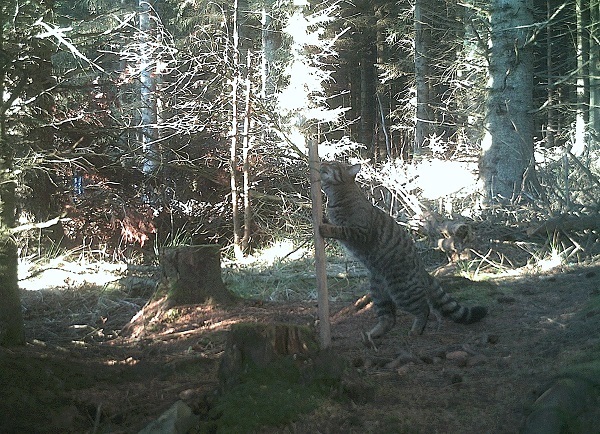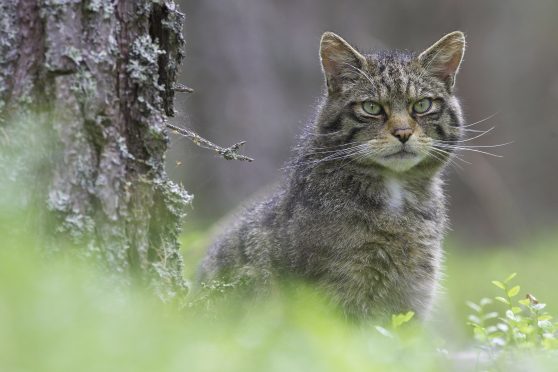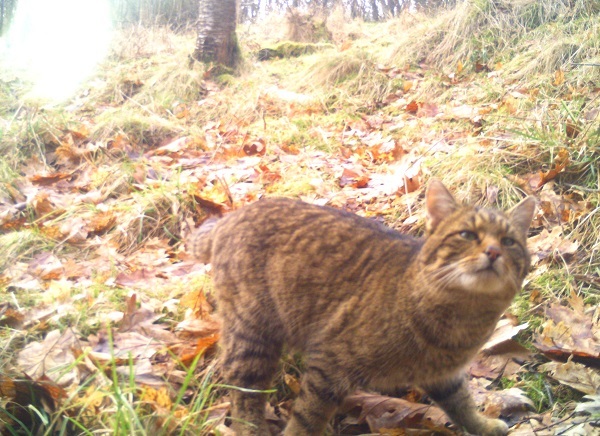The Angus Glens are to be a target area in a winter trapping project focussed on building up the DNA profile of the Scottish wildcat population.
A number of the endangered animals are also set to be fitted with GPS collars to help wildlife experts gain a better understanding of how wildcats and feral cats co-exist and the hybridisation which has occurred.
Studies have previously identified Angus as being a key area for prime pure-bred wildcats and the glens have been one of five priority areas for an initiative involving Scottish Wildcat Action (SWA) and the Royal Zoological Society for Scotland (RZSS).
It has now been confirmed that the remote Angus landscape will be one of three areas where trapping will be undertaken in a short programme which aims to guide current and future conservation efforts for the rare animals species.
DNA sampling will be the key focus of the scheme and all cats trapped will have full disease screening, pelage scoring and genetic testing.
In addition to the sampling, a number of cats will be fitted with radio tracking collars that will allow researchers to gain a better understanding of the wildcat’s co-existence with feral cars and the cross-breeding which has gone on.

Experts said the procedures will be carried on one animal at a time to minimise disruption to the animal’s normal routine.
SWA project manager, Roo Campbell said: “We are at the stage of the project at which we need firm genetic information on all wildcats left to inform current and future conservation decisions.
“This information will also give us a clearer view on where population recovery techniques, such as reintroduction, could take place”.
“Trapping will allow us to collect samples for DNA and disease screening. The cat will be released immediately.”
Dr Kerry Kilshaw from Oxford University is running further research into wildcats and their behaviour by putting temporary GPS collars on wildcats and hybrids to track their movements.
“This information will help us hugely in enabling us to protect them in the future by better understanding their home ranges, den sites and how they use the landscape,” said Dr Kilshaw.
“It will also allow us to monitor the individuals, using live data of where each wildcat is.”











